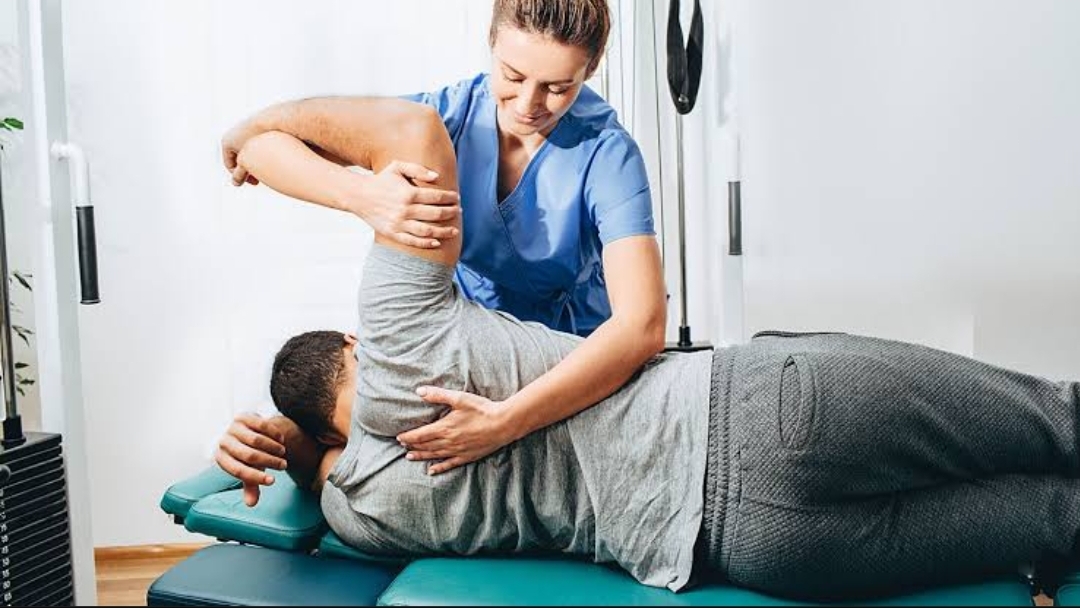The body’s lymphatic system runs throughout the entire body, and it maintains a healthy balance of fluids by filtering out abnormal cells and waste products. It also plays a role in immunity and in helping your body absorb fats. When the system is not functioning like it should, fluid accumulates, which is known as lymphedema. If you have lymphedema, you may want to search for physical therapy near me, as it can be effective in managing symptoms.
Lymphedema Symptoms to Look Out For
Lymphedema is more common in people who have had lymph nodes removed as part of their cancer treatment. It may also occur after a surgery or infection, although some people are born with it.
Lymphedema symptoms can range from mild to severe, and some of the symptoms to be aware of include:
- Feeling of tightness in the skin
- Swelling of an extremity, such as an arm or leg
- Thickening and hardening of the skin
- Reduced movement
- Frequent skin infections
Lymphedema occurs more commonly in the legs and arms, although it can also occur in the neck, chest wall, genitals, and abdomen. In severe cases, it can be painful and make it difficult to move.
How PT Can Help You Manage
If you do choose to make an appointment for physical therapy in Northfield, first ask for a physical therapist who has experience with lymphedema. This therapist will recommend a treatment plan after conducting an exam, and the methods used will vary based on your specific situation.
Compression Therapy
Your physical therapist may use compression therapy to help reduce the swelling. Compression consists of applying bandages that provide resistance to the associated muscles and skin.
Manual Drainage
A common method used in physical therapy is manual drainage. This consists of a gentle massaging motion that moves the excessive fluid away from the swollen area.
Exercise Guidance
Muscle contraction helps with lymphedema. One of the things that your physical therapist may do is teach you how to do exercises that specifically help move the accumulated lymph fluid. Initially, these may be conducted under the guidance of your therapist. However, you may also receive exercises that you can do on your own at home.
Home Management
There is a good chance that your physical therapist will advise you on things you can do at home to minimize lymphedema symptoms. He or she may measure you for compression garments, such as stockings or elastic sleeves, that you can wear at home and at work. Other things to do at home include:
- Cleaning the affected area thoroughly and keeping it moisturized
- Elevating the affected area when possible
- Eating a well-balanced diet
- Exercising as recommended by your therapist
- Avoiding burns, such as sunburns, on the affected area
You should also protect the area by avoiding sharp objects, such as needles and razors.
If you are a physical therapist who has experience with managing lymphedema, your services are in demand. Search for physical therapy jobs in NJ to find a situation that fits with your personality and needs.
